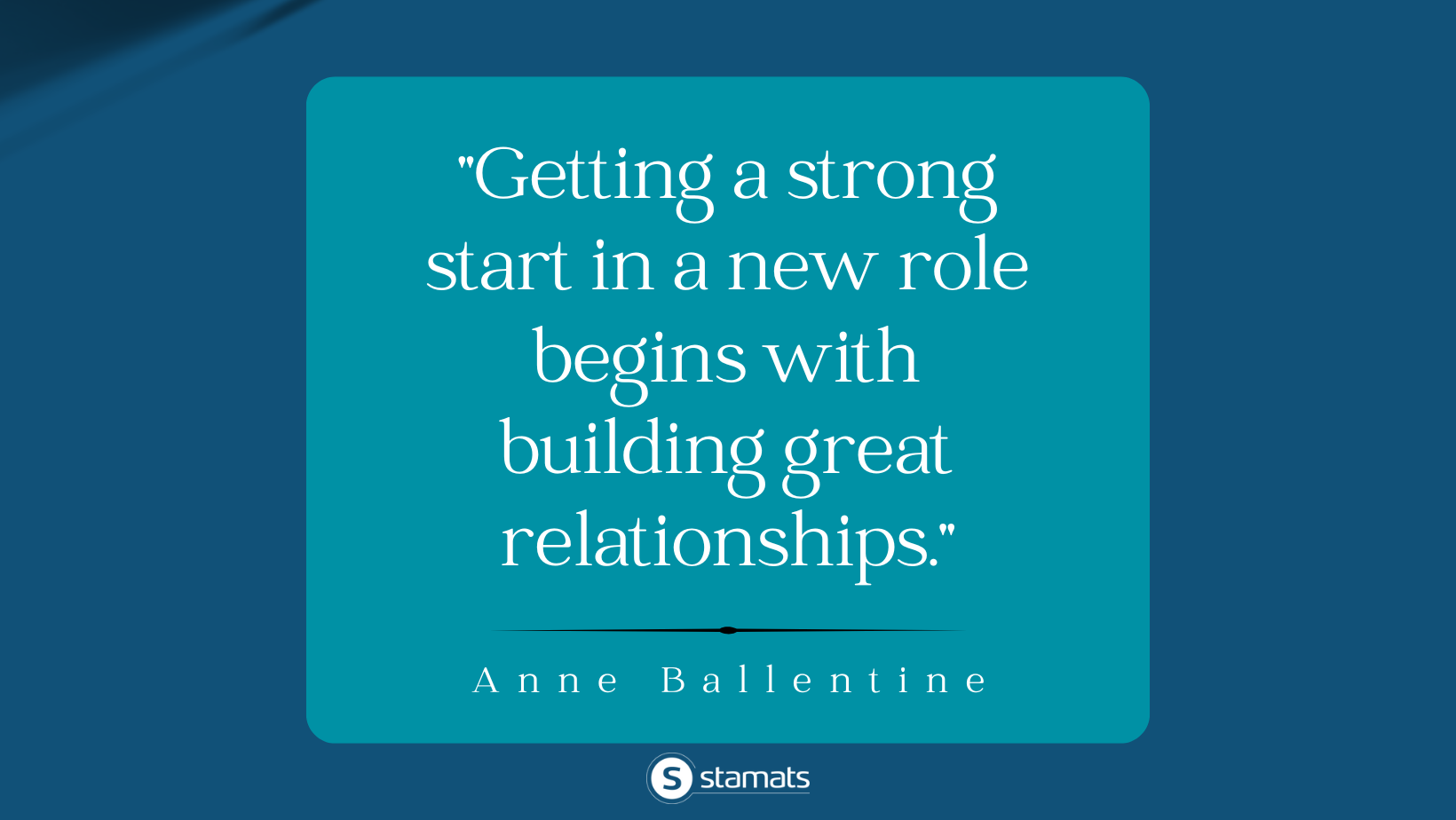Written by
on
The focus this time: Audience centrality.
Part 4 of 12: What I Wish I Knew as a New Marketer
Historically, most colleges were institutional centric, considering everything, first and foremost, from their point of view. They decided what to teach, when to teach, and how much to charge.
As a result, their messaging was all about:
- Who they were
- What they wanted you (the audience) to know about them
- What they believed
- What they wanted you to do
Though I said “historically,” the reality is that far too many colleges and universities remain institutional centric. They view the marketplace as something that should respond to their overtures.
Audience Centric
Smart colleges, and smart college marketers, however, are audience centric. Their focus is less on what they want, and more on what their audiences need. As part of this orientation, they are keenly interested in audience:
- Motivations
- Expectations
- Fears and concerns
- Media and channel preferences
I have two examples that help illustrate the difference between institutional centric and audience centric.
Marketing Definitions
First, consider two definitions of marketing.
In 1960, marketing was defined as “The performance of business activities that direct the flow of goods and services from producer to consumer or user.” The main concern was selling their stuff.
Most colleges are actually pretty comfortable with this definition.
Forty years later, marketing is defined as “A function and a set of processes for creating, communicating, and delivering value to customers.”
Read Part 3: Six Critical Alignments to Increase the Effectiveness of Your Strategy
Academic Quality
Note the “delivering value” part? This is critical. Audience-centric organizations focus on delivering value. And who decides value? The customer.
Here’s one more illustration. Historically (there’s that word again), colleges defined academic quality as:
- Quality of faculty
- Quality of the curriculum
- Quality of facilities
- Academic ability of students
A New Definition
In a recent Stamats study we asked adult students to list the characteristics of academic quality. Here is what they came up with:
- Flexibility/scheduling – “On my schedule, not just when you want to teach”
- Convenience – “In-and-out parking; one-stop shop”
- Credit for life experience – “Acknowledge what I have already learned through my professional experience”
- Accelerated completion – “Time is money”
- Valid learning experience – “I’m not here for the social life”
- Course availability – “The course needs to be there when I can be there”
- Outcomes – “I want a job after graduation”
Recognize the difference between these two definitions? Now, you can see the problem that occurs when you force an institutional-centric definition of academic quality or student life on students who insist on a voice, and a role, in their educational experience.
Helping clients understand—and then act on—the difference between institutional and audience centrality has been one of the most rewarding experiences of my career.
If you’re interested in learning about the specific needs and expectations of your audiences, please contact me at [email protected].
Read Part 5: Focus Your Resources to Attract the Best Students


